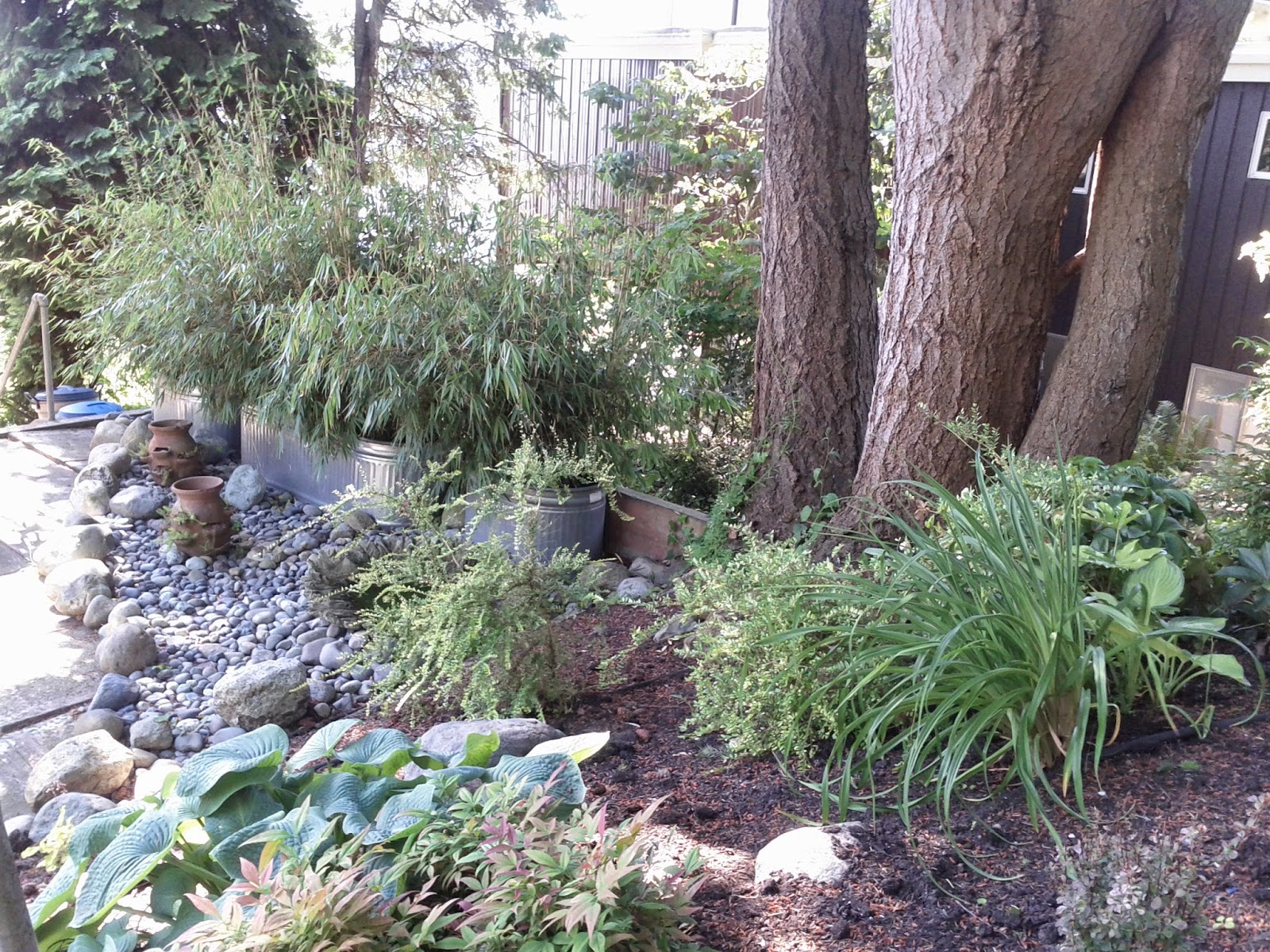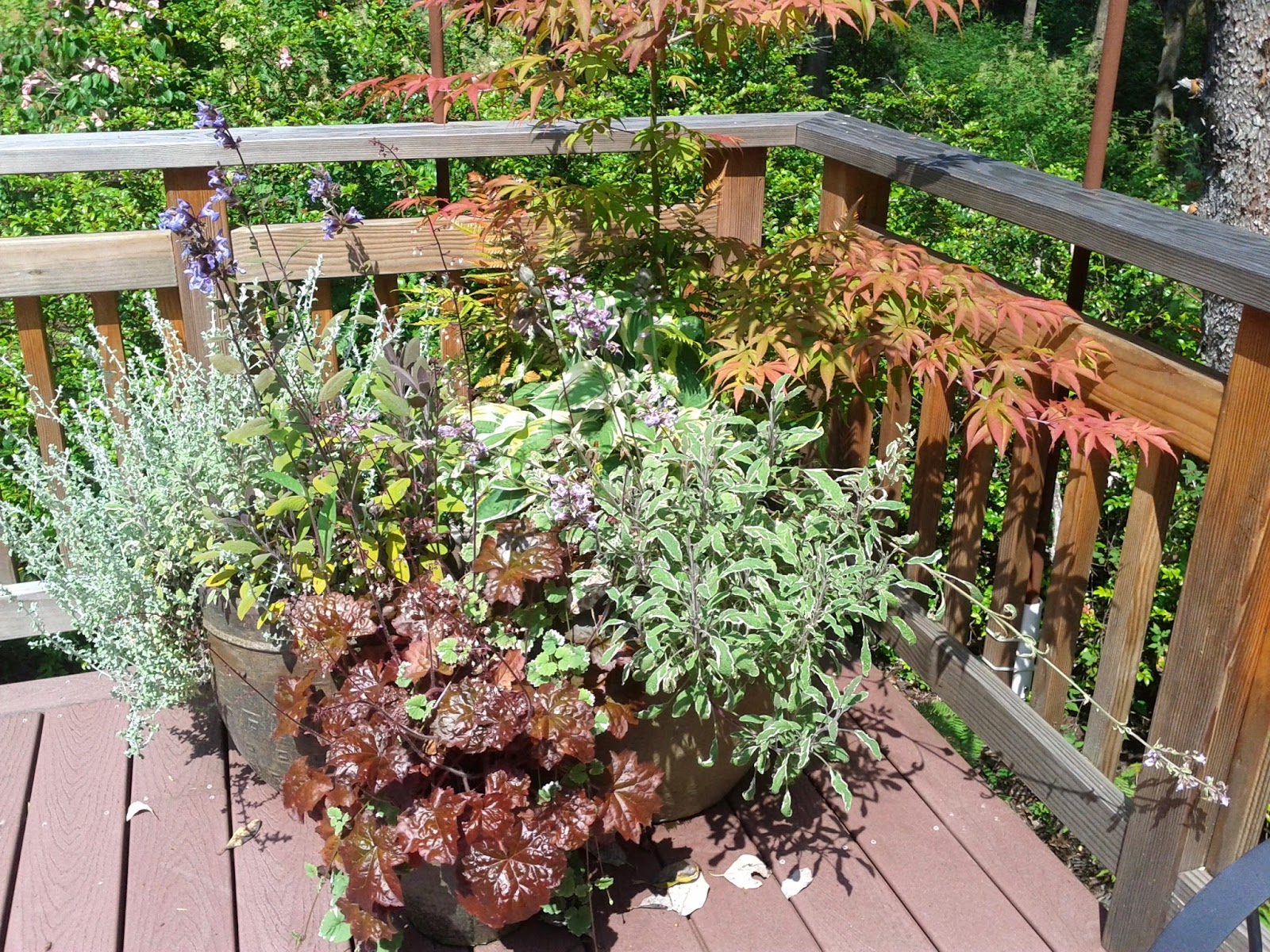Let's talk a little about late summer and fall blooming plants. It's so difficult to remember to include these in the garden. When we all have gardening energy in the spring and early summer, they are often just nondescript blobs of greenery, some not even emerging from their winter slumber until late spring, leading us to believe they've died over the winter. When the dog days come along, those long, hot, dry days from late July to early September, we begin to see our mistake. The early summer blooms are fading, and there's not much coming along to take their place. On top of that, we're tired. We sense the coming of the fall and want to savor every last bit of summer before she goes. I don't know about you, but to me that does not mean toiling in the hot sun, taking a mattock to the hard, dry earth, digging holes for plants that likely won't survive due to heat, or lack of time to establish before the winter cold.
So, for now, write down somewhere where you see those holes. Make sure you keep that note around for your fall and winter planning. And next spring, focus on those lovely fresh balls of greenery that will become glorious flowers for you to enjoy while sitting in the shade, sipping on your
Arnold Palmer.
Here's a small list of fall-blooming perennials for our area:
Sedum 'Autumn Joy'
 |
| http://farnhamvictoriagarden.org/images/this_month/2012_september_4.jpg |
Aster
 |
| Photo source: http://www.flowerpictures.us/michaelmas_daisies_6023_picture.html |
Chrysanthemums
 |
| Photo source:http://en.wikipedia.org/wiki/Chrysanthemum |
Clematis paniculata
 |
| Photo source: http://www.whiteflowerfarm.com/26630-product.html# |
Caryopteris
 |
| http://www.thienemans.com/photos/index.php/Trees-and-Shrubs/Caryopteris_x_clandonensis_Inoveris |
Helenium autumnale 'rotgold'
 |
| http://www.joycreek.com/Helenium-autumnale-Rotgold-273-001.htm |
Verbascum hybrid 'Southern Charm'
 |
| Photo source: http://www.anniesannuals.com/plt_lst/lists/search/lst.srch.asp?prodid=1098 |



































































